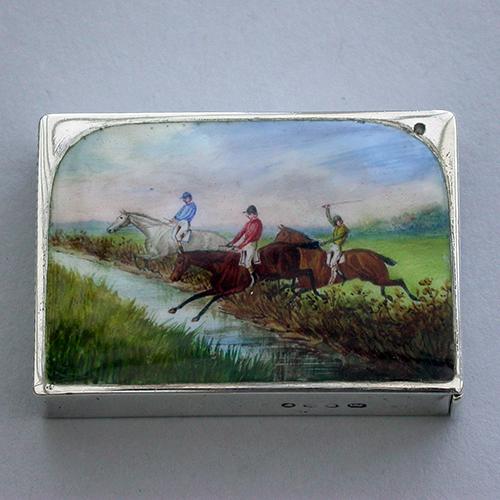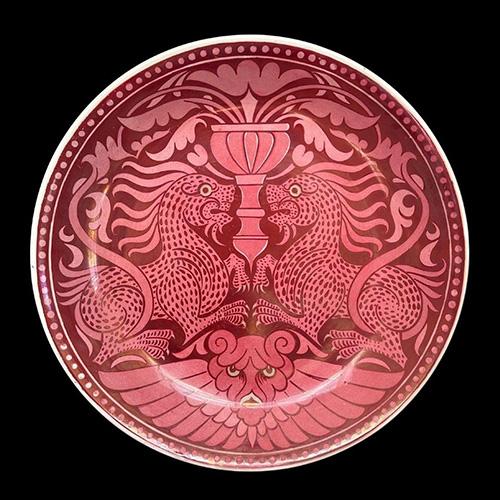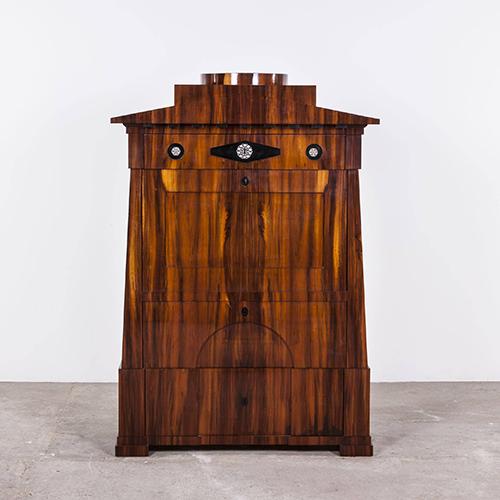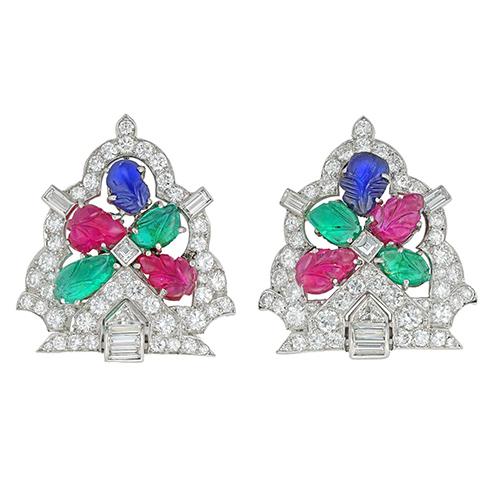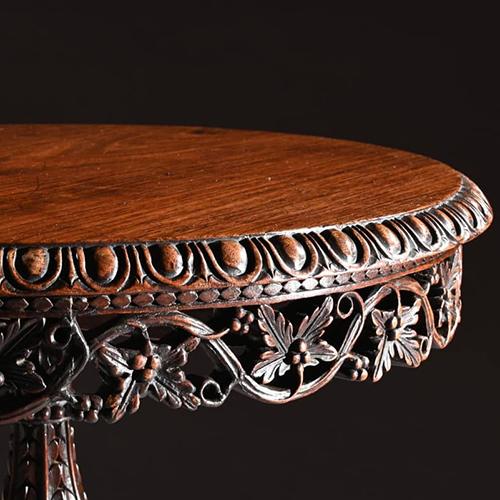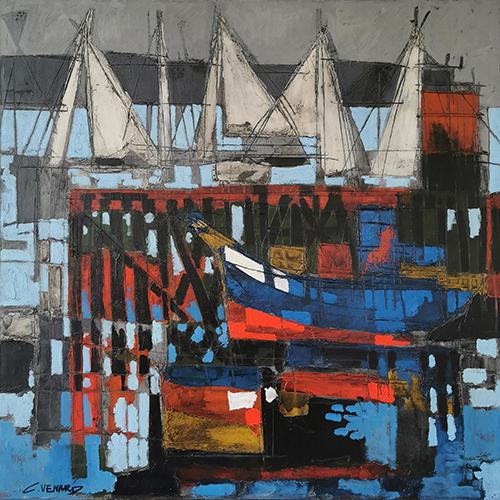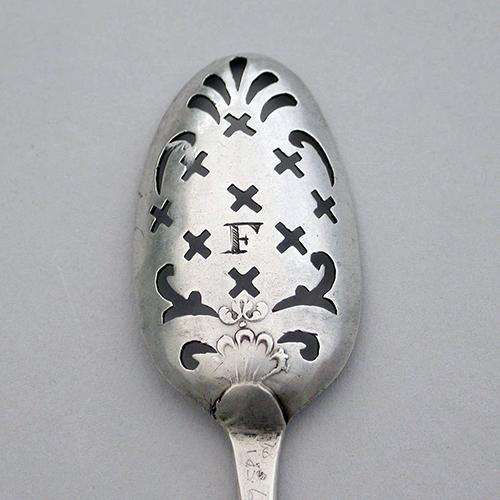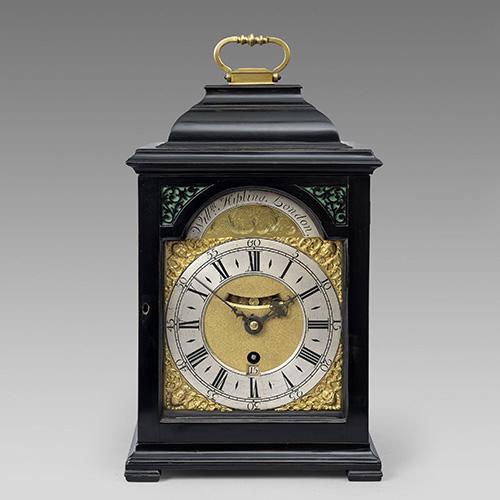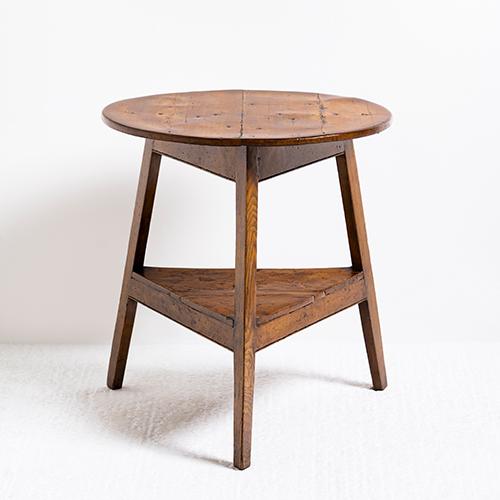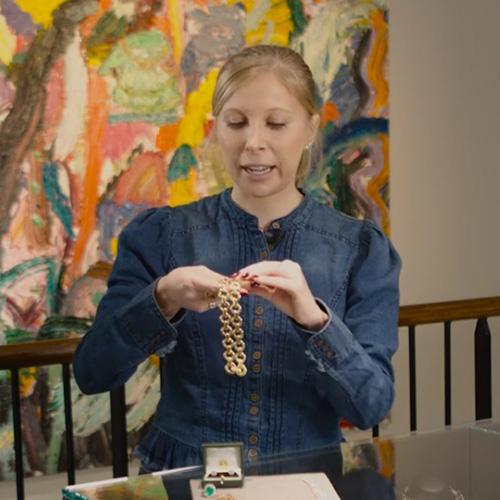
Creative Space: Lottie Fenby Milliners
In an interview originally conducted for the BADA Young Friends magazine “Inherited.”, editor Beth Hodges meets milliner Lottie Fenby.
This month, Inherited. is exploring the craft of Millinery. Before we introduce this month’s maker in the spotlight, it is important for us to take a look at the rich history that has led Lottie Fenby to be in the profession she is today.



